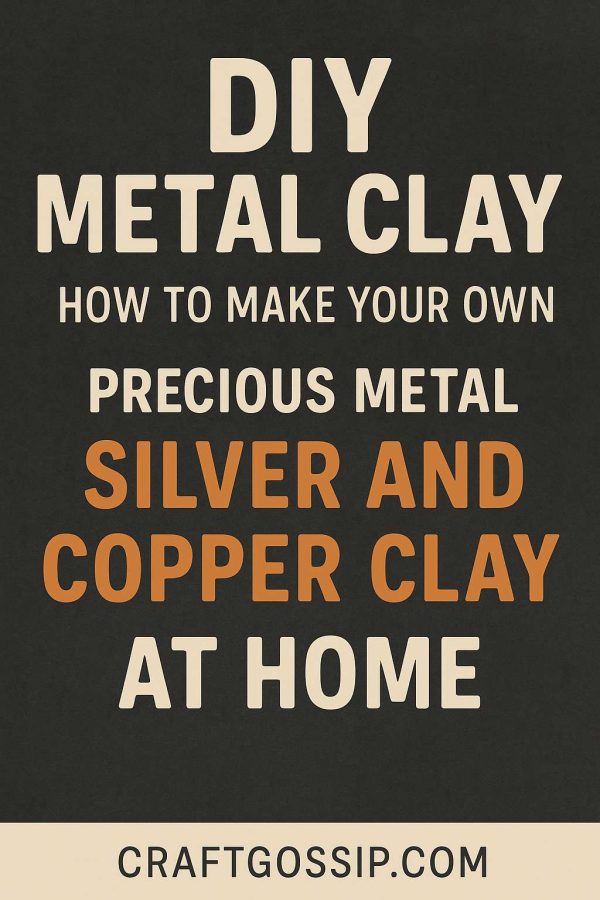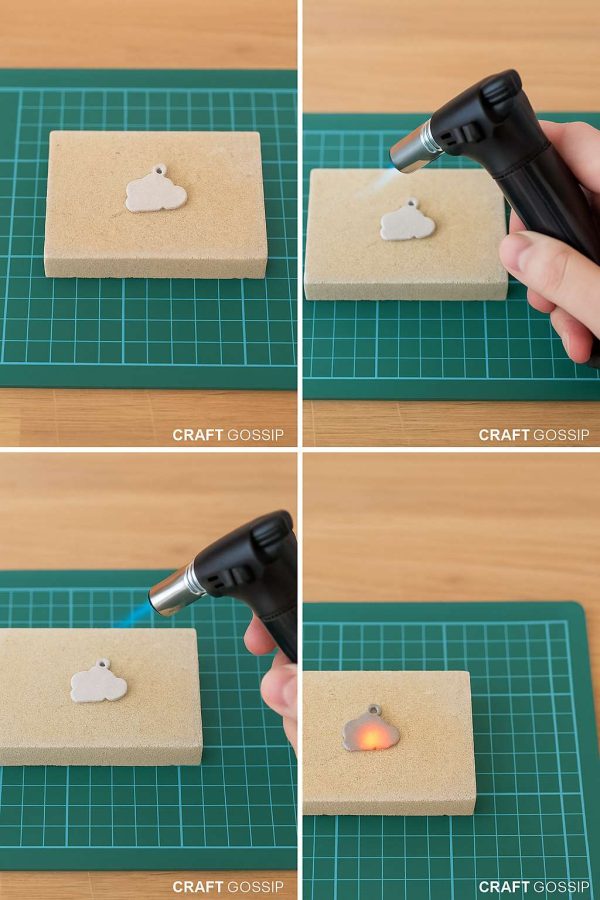
Everyone loves giving/ receiving flowers… until they die. Our Paper Plate Roses will last way longer, plus they are the sweetest keepsake craft to hold onto, long after your littles grow up! Another nice thing about this craft is that it can be made with items you most likely already have around the house!


